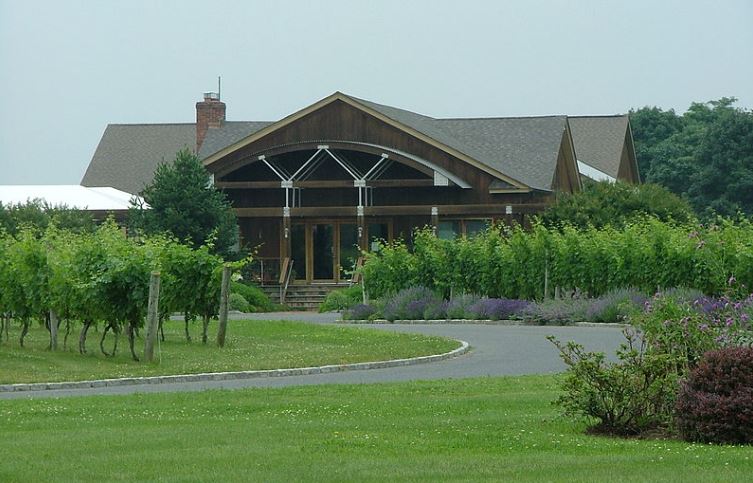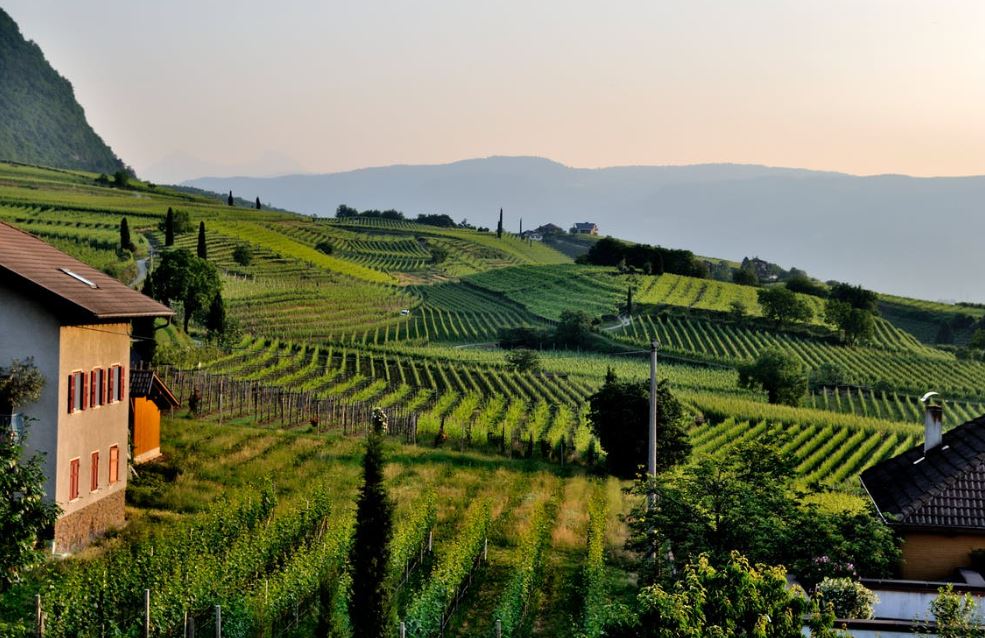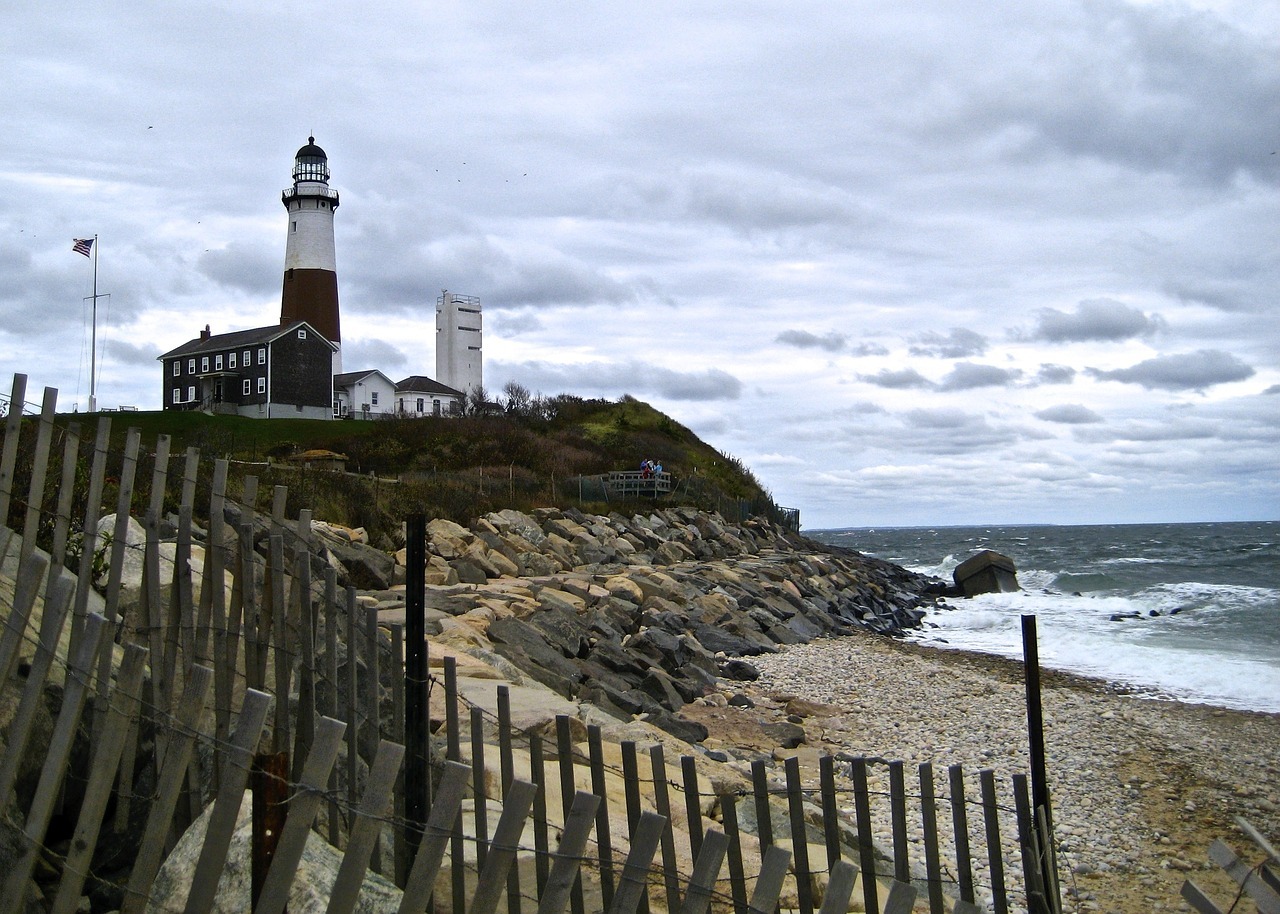The easternmost point of New York State, North Fork, is located on Long Island’s North Shore. East of New York City, Long Island reaches as far as the towns of Montauk and Greenport, respectively. It is both a town that makes wine and an American Viticultural Area.
The North Fork’s thriving wine industry offers a variety of Long Island wine experiences. There are various varietals, winemaking techniques, and tasting room experiences. Visiting North Fork will give you the feeling of a deep, seasonal, and decades-long interaction between the scenic vineyards and superb wineries which is one of the perfect wedding locations to choose for such a memorable occasion. In fact many movies had been taken in this beautifully productive area of the state.
There are more than 40 wineries and 1,200 ha (3,000 acres) of vines on the North Fork of Long Island. The presence of Long Island Sound, Peconic Bay, and the Atlantic Ocean has a significant impact on the regional climate. These bodies of water’s maritime impacts contribute to reducing temperature swings and extending the growth season by up to a month more than in other parts of New York. Merlot, Chardonnay, and Cabernet Franc are the grapes that are most frequently grown in the area.
A Brief History of North Fork Wine
When Louisa and Alex Hargrave planted their first grapes on Long Island in 1973, the modern wine industry got its start. The Cabernet Sauvignon and Pinot Noir grapes did well in the climate, as they had intended. Their vision was realized as the first commercially viable vineyard in the area. The wine business started to grow in the 1980s and 1990s. The landscape of winemaking evolved in the early twenty first century as a result of multiple takeovers and larger investments. It’s difficult to recall a time before wine became an integral part of Long Island as New York’s wineries approach their 50-year milestone.
Everyone’s attention was on Napa Valley and California wines in the late 1980s and early 1990s when the second wave of vintners arrived. On the North Fork, growing grapes was not well-documented. The humid, sweltering temperature of Napa Valley was a great cry from its marine climate. Today’s expertise was mostly developed through trial and error by early businesspeople like Paumanok and Pellegrini. With time, the vintners figured out how to make the most of the distinctive growing circumstances that attracted others to the area, including the Macari family and the winery Osprey’s Dominion.
Long Island’s Oldest Winery hits the Market
This established North Fork vineyard is looking for a wealthy wine enthusiast after abandoning a partial sale in March. The first winery on Long Island, the 84-acre Castello di Borghese Vineyard in Cutchogue, is up for sale for $6.5 million, according to Newsday. Giovanni Borghese, the vineyard’s owner, put a 60-acre chunk of the property up for sale for $3.7 million in January, but removed the listing two months later on the grounds that it would be best not to divide the property.
Borghese told Newsday, in reference to the farm’s approaching semi-centennial in 2023, “I think it’s crucial to the farm’s historic significance it being the first vineyard on Long Island that this is the way it should be taken to its 50th year.” The property’s tasting room, a home built in the 1680s, winemaking equipment, and detached 19th-century buildings are all listed. According to Borghese, who spoke to the publication, the new owner can grow more than simply grapes. Listing agent Joseph DiVello of Century 21/Albertson Realty also noted that demand has been building since January. There aren’t many profitable farms left, and there has never been a greater demand for acreage on the North Fork, according to DiVello.
The Ideal Climates North Fork
The terroir’s primary natural ingredients are Long Island’s marine climate and its distinctive glacial soils. Hot summers are moderated by cooler winds off the Atlantic Ocean and Long Island Sound that keep things from getting too hot. They have plenty of time to ripen the fruit far into October and November thanks to the warmth the surrounding water radiates to the East End, extending summer into a leisurely fall where visitors flock the vineyards and wineries for it is one of the best things to do in New York during the fall season. They are able to be the top producer of European grapes in the Northeast because it also offers insulating breezes during the winter.
Warm summer day temperatures and warm summer nights contribute to climates generally low diurnal volatility and moderate rainfall throughout each month of the growing season. Almost every summer has a period of dry weather that lasts for three to four weeks. Depending on how far away the vineyard site is from the cooling breezes coming off the ocean and sound, the average growing season accumulates between 2,800 and 3,500 Growing Degree Days (UC Davis system, >50F). Long Island wine country has a reasonably high insolation, as evidenced by the fact that the hamlet of Cutchogue, located in the North Fork of Long Island AVA, is thought to be the sunniest place in all of New York State.
Scenic Wineries in North Fork
1. Sparkling Pointe
Sparkling Pointe is the only winery on the North Fork that only make sparkling wines, with its 40 acres of grapes utilizing the classic Méthode Champenoise method. French-born winemaker Gilles Martin, formerly of Champagne’s renowned Deutz and Roederer estates, created and maintains the winery. Martin holds a famous master’s in oenology from the University of Montpellier. The Tasting House enhances the experience with lavish crystal chandeliers, high ceilings, and lots of natural light sprinkled with vibrant Brazilian artwork that served as inspiration for the Cuvée Carnaval sparkling wine labels.
2. Shinn Estate
The owners of the home restaurant in New York City, Barbara Shinn, and David Page, have supported a biodynamically farmed, alternatively powered winery that has gained a following among drinkers who value natural winemaking and the sensibility that surrounds it, as well as rapturous acclaim from esteemed journalists and wine connoisseurs. The best reason to visit this diminutive North Fork vineyard is to savor its world-class sauvignon blancs and red Bordeaux blends as well as Page’s brandies or to spend the night at the winery’s Farmhouse Inn, one of the best B&Bs in the area.
3. Croteaux
Croteaux Vineyards, a little off the main route, was founded in 2003 and is the only winery in the country that solely produces rosé from estate grown merlot, cabernet franc, and sauvignon blanc grapes, resulting in a range of nine still and sparkling rosés. Two historic farms that have been actively engaged in agricultural production since the 1700s serve as the vineyard’s back drop. For samples and small nibbles, set up shop in the beautiful outdoor tasting garden that is so reminiscent of southern France, or stop by the outside bar for a short drink.



